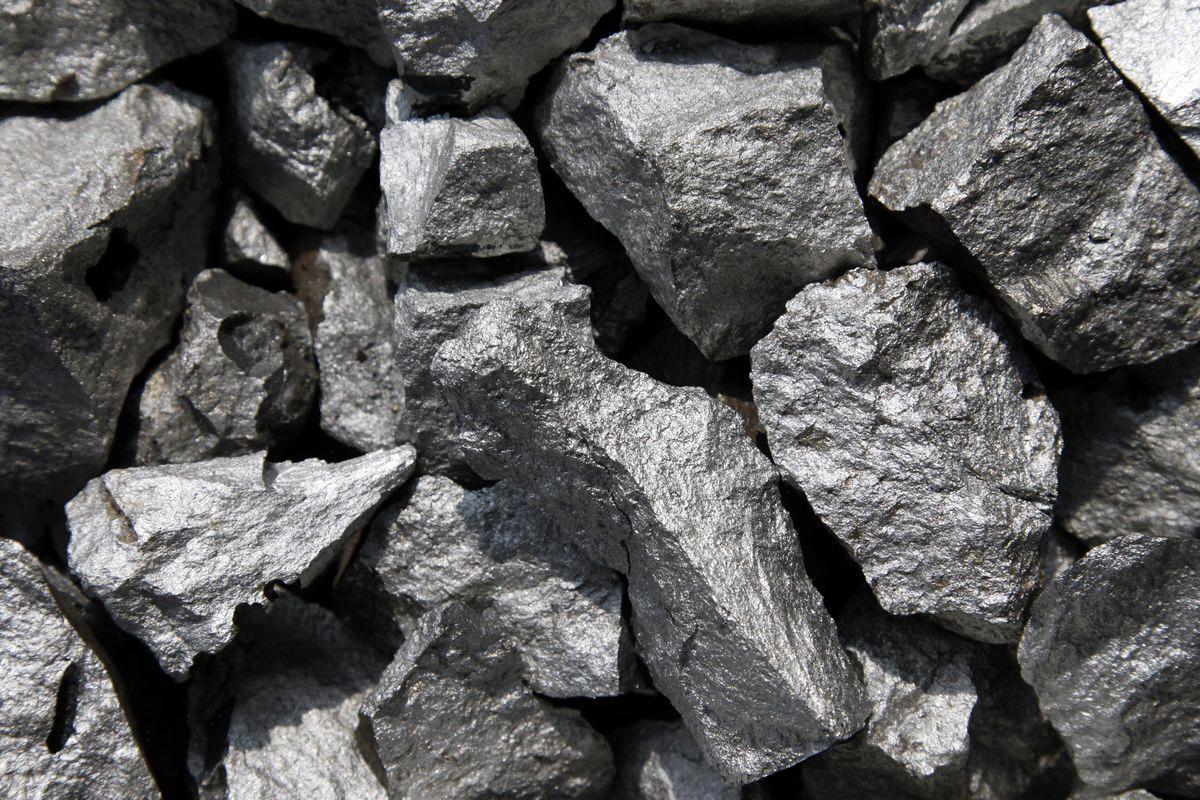Ferro manganese is an important ferroalloy that is primarily used in steelmaking as a source of manganese. It helps to improve important properties of steel like strength, toughness, hardness and wear resistance. Due to its unique characteristics, Ferro manganese finds extensive usage in the production of various grades of steel.
What is Ferro Manganese?
Ferro manganese is a ferroalloy which contains varying amount of manganese and iron. It is produced by reducing manganese oxide ore with carbon in a blast furnace or electric arc furnace. Ferro manganese is available in different grades depending on the manganese content. Low carbon ferro manganese contains 65-90% manganese while medium and high carbon grades contain manganese content between 75-95%. It is produced primarily in the form of lumps, briquettes or fines and has a greyish black appearance.
Role of Manganese in steel
Manganese is an essential alloying element that is added to steel to enhance important material properties. The key roles played by manganese in steel include:
- Strength: Manganese significantly increases both the tensile and yield strength of steel. As little as 0.5% manganese can increase hardness and impact properties.
- Hardness: It improves the hardness of steel by forming manganese sulfide compounds which promote hardening during heat treatment processes like quenching and tempering.
- Toughness: Manganese improves the toughness and impact strength of steel by decreasing the growth of ferrite grains during hot working. It also retards the formation of cementite.
- Wear resistance: Adding manganese increases the resistance of steel to abrasion and wear. It forms manganese sulfide compounds in steel that hinder micro-fracturing.
- Machinability: Steel containing 0.75–1.25% manganese machines better than other steels due to improved chip breaking ability.
Applications of Ferro Manganese
Due to its ability to impart vital material properties, Ferro Manganese finds widespread applications in production of various steel grades:
Carbon Steel: As a major addition element along with carbon and silicon, ferro manganese is used for manufacturing mild steel and medium carbon steel sheets, rods, pipes etc. used in construction and machinery. Around 25% of total ferro manganese production is used for carbon steel making.
Alloy steel: It enhances the strength and toughness of alloy steels produced for applications that require elevated mechanical properties like railway tracks, automotive components, ball bearings etc.
Stainless steel: Manganese is a crucial alloying element for most of the stainless steel grades like manganese steel, austenitic stainless steel and super-duplex stainless steel used in chemical, petrochemical plants.
Tool Steel: Manganese based tool steels like Hadfield steel use high manganese content and offer good wear resistance for tools used in mining and construction industries.
High Speed Steel: These are Manganese alloyed tool steels designed to maintain their hardness even when subjected to high cutting speeds and temperatures.
Other Applications: Ferro manganese is also used in cast irons, low alloy steels for enhanced machinability, welding rods and electrodes as well as manganese bronzes where it provides critical wear resistance.
Manufacturing of Ferro Manganese
Globally there are three main production methods used for manufacturing ferro manganese:
- Blast Furnace Method: In this oldest process, manganese ore, coke and limestone are charged into a blast furnace along with iron ore to produce ferromanganese as byproduct during iron making. It yields lumpy product but has low control and efficiency.
- Submerged Arc Furnace: This electric arc furnace method involves melting manganese oxide ore, limestone and coke at very high temperatures in the range of 1300-1500°C. It produces quality fines and provides better process control than blast furnace.
- Closed and Semi-Close Arc Furnace: These advanced furnaces offer complete enclosure of arcs and significantly improved energy efficiency over submerged arc furnaces. Semi-closed furnace allows top charging of raw materials.
India with its abundant reserves of manganese ore has emerged as a leading ferro manganese producer with state-of-the-art producing complexes located in states like Odisha and Karnataka. Domestic production currently caters to a major share of the national requirement of this important ferroalloy.
Environmental and Safety Aspects
While ferro manganese production provides employment and economic benefits, following safety and environmental issues need attention:
- Dust hazards: The fine powders and manganese fumes generated during production and transport can cause respiratory diseases if inhaled.
- Waste disposal: Slag and dust containing heavy metals like lead, manganese need scientific disposal to prevent soil and water pollution.
- Health risks: Long term exposure to manganese influences the nervous system. Operators require regular medical examinations.
- Noise pollution: High decibel noise levels around furnaces demand implementation of engineering and administrative controls.
- Energy consumption: Switching to newer technologies like closed furnaces shall improve energy efficiency of ferro manganese manufacturing.
To summarize, ferro manganese is an indispensable ferroalloy used primarily in steelmaking to impart critical strength, hardness, wear resistance and other properties by its manganese content. Having versatile applications, it acts as a backbone for production of carbon steels, tool steels, stainless steels and more. With availability of raw materials and state-of-art manufacturing facilities, India has emerged as a major ferro manganese producer catering to both domestic and export. However, safety, health and environment aspects of this industry require continuous monitoring and improvements to achieve sustainable development goals.
For more Insights, Read –
https://www.insightprobing.com/ferro-manganese-size-and-share-analysis/
Check more trending articles related to this topic:
https://captionssky.com/pistachio-the-wonder-nut-for-strong-global-growth/



